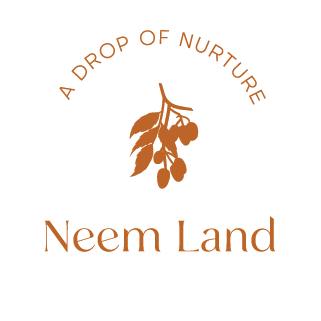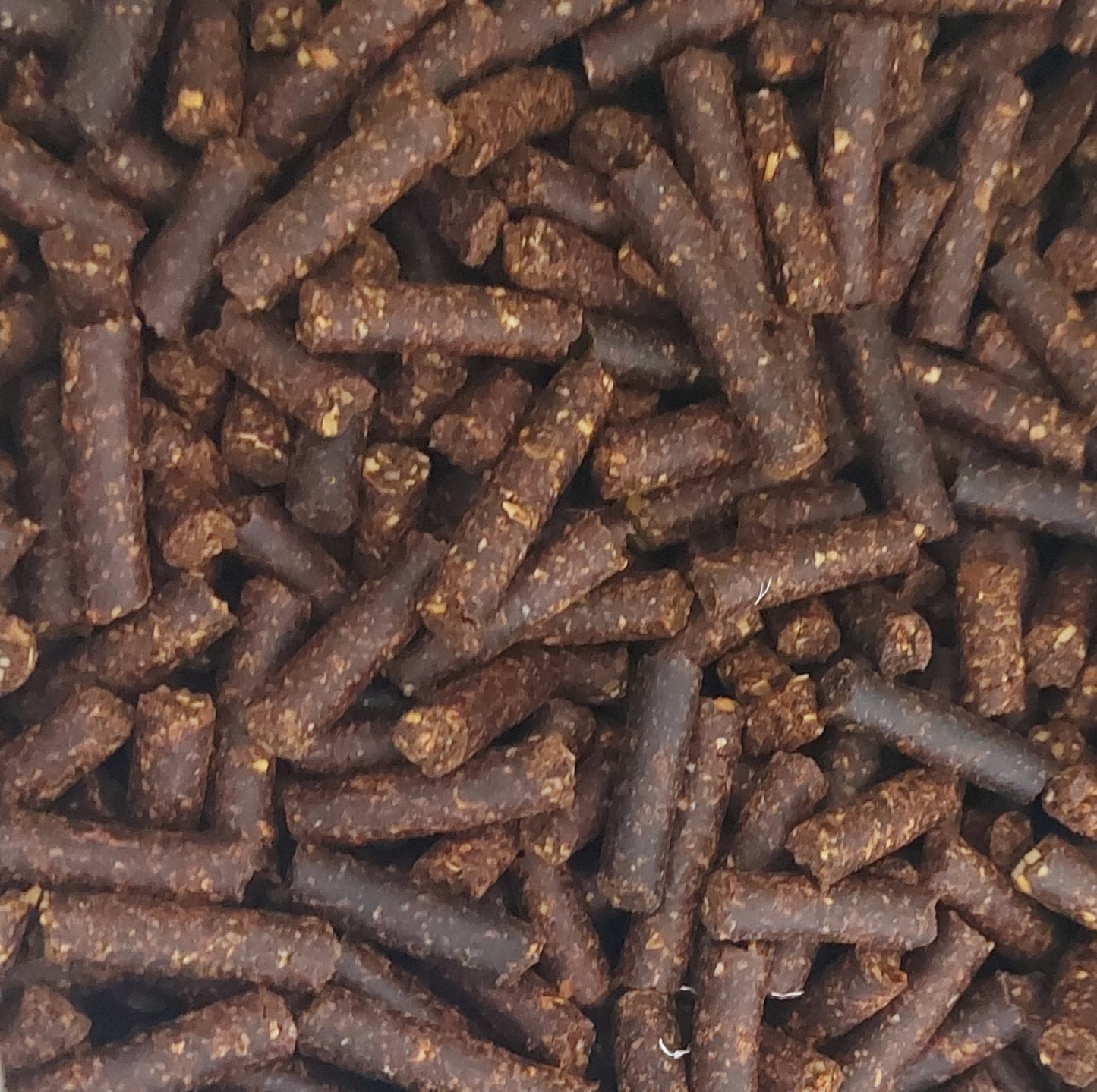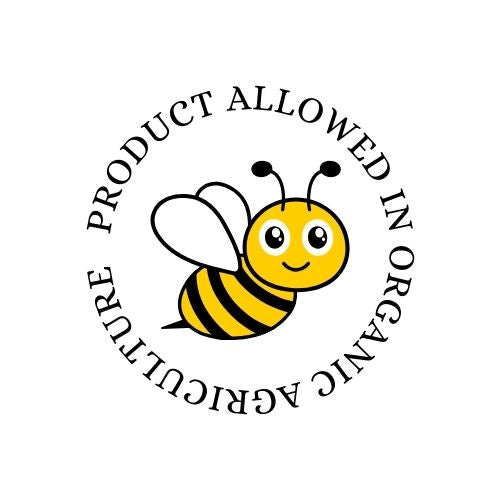Neem oil is a natural insecticide and fungicide commonly used in agriculture, including the cultivation of watermelons. Neem oil is derived from the seeds of the neem tree (Azadirachta indica), native to India and other parts of Asia.

Neem oil offers several advantages in protecting watermelon crops from pests and diseases: Insecticidal Action: Neem oil exhibits insecticidal properties and can aid in controlling pests such as aphids, mites, thrips, and whiteflies. The components of neem oil disrupt insect feeding and development, inhibiting their reproduction. Fungicidal Action: Neem oil also possesses fungicidal properties, which means it can help prevent and control various fungal diseases that can affect watermelons. This includes diseases like powdery mildew, blight, and black spot. Repellent Action: Neem oil can function as a repellent, deterring specific insects and pests. This can help prevent pest infestations on watermelon crops.
The dosing of neem oil in watermelons can vary based on the concentration of the oil and manufacturer's recommendations. Here are some general guidelines for dosing:
For Insect Control: It's typically recommended to dilute 1 to 2 tablespoons (15-30 ml) of neem oil in 1 gallon (approximately 3.8 liters) of water. You can spray this mixture on the leaves and fruits of watermelon plants. Repeat the application every 7 to 14 days or as needed.
For Fungal Disease Control: It's advisable to dilute 1 tablespoon (15 ml) of neem oil in 1 gallon (approximately 3.8 liters) of water. Use this mixture to spray the leaves and fruits of watermelons for preventing or controlling fungal diseases. Apply every 7 to 14 days or as needed.
When treating an area of 10,000 m2 (hectares) of watermelons with neem oil, warm water, and a spreader-sticker, the dosage will depend on the concentration of neem oil and manufacturer's recommendations. Follow these steps:
Prepare the Solution: First, you need to prepare a solution of neem oil, warm water, and a spreader-sticker according to the manufacturer's recommendations. For example, if the recommended concentration is 1 tablespoon (15 ml) of neem oil per 1 gallon (approximately 3.8 liters) of water, adjust the ratio based on the area you need to treat.
Calculate the Dosage: To calculate the dosage for a 10,000 m2 area, consider how many liters of the solution will be needed per square meter. For instance, if you want to apply 1000 liters of the solution per hectare (10,000 m2), that's 0.1 liters (100 ml) of solution per square meter.
Adjust the Concentration: Adjust the concentration of neem oil in the solution to achieve the desired dosage per square meter. If the recommended concentration is 1 tablespoon (15 ml) of neem oil per 1 gallon (approximately 3.8 liters) of water, and you want to apply 0.1 liters (100 ml) of solution per square meter, you can use 1/10 (10%) of the recommended concentrations. Therefore, use 1.5 ml of neem oil per 1 gallon (3.8 liters) of water.
Add the Spreader-Sticker: You'll also need to add a spreader-sticker according to the manufacturer's recommendations. Spreader-stickers are typically used in small amounts, such as 1-2 ml per liter of solution. Follow the manufacturer's instructions for the specific quantity you intend to add.
Prepare the Solution in a Sprayer: Fill the sprayer with the required amount of water for preparing the solution. Then, add the neem oil and spreader-sticker according to the calculated concentration. Ensure thorough mixing of the solution in the sprayer to achieve a homogeneous mixture.
Adjust the Sprayer: Adjust the sprayer settings according to the manufacturer's instructions to achieve the desired droplet size and proper solution flow. This may involve adjusting the spray rate, pressure, and other parameters.
Apply the Solution to the Watermelon Crop: Begin spraying the watermelon crop using the sprayer, directing the nozzle toward the leaves and fruits. Strive for even coverage of the entire crop. Walk evenly and slowly to ensure proper coverage of the plants with the solution.









